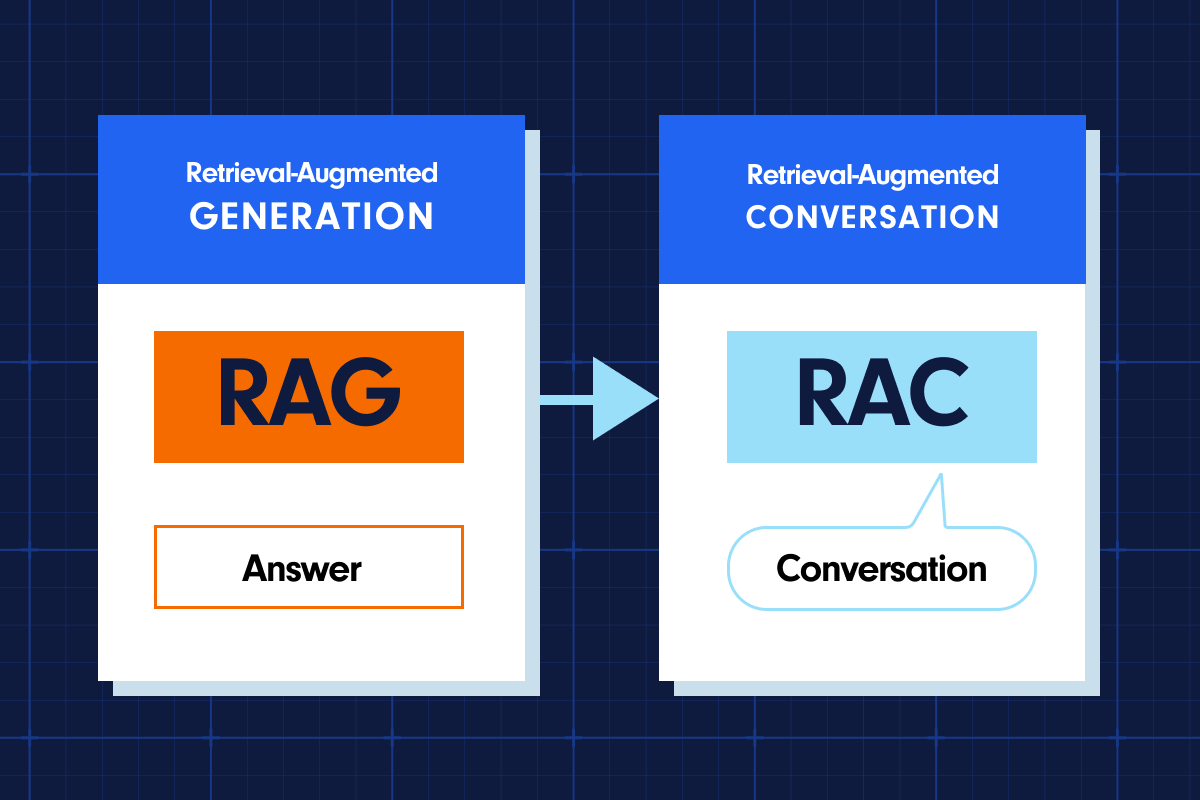Unless you’ve been deliberately avoiding the headlines, you’re aware that Coronavirus is creating both a medical and financial emergency. The virus sent shivers down the spine of the global economy, causing the stock market to freefall. At the same time, experts warn all this market disruption, from supply chain slowdowns to travel bans, could end up costing the economy nearly $3 trillion.
Service organizations are scrambling to plan for worse case scenarios, especially when it comes to their most critical resource — its employees. While leaders in the field are well-schooled in delivering accurate and speedy service under challenging circumstances, there are a few novel factors that could present speedbumps in the service road, especially as the situation changes daily. Here’s where service providers should start when trying to mitigate the Coronavirus impact on the service industry.
Prepare for a Shortage of On-Site Workers
There is already a well-documented field service talent shortage due to known challenges, including retiring Baby Boomers and a low unemployment rate. The blueprint of what we’ve seen so far with COVID-19 implies worker availability is likely to be an issue. If local officials call on businesses to shut down offices, travel bans widen or workers who have even a mild case of the common cold are urged to self-quarantine, customers will immediately feel the effects.
But like any business challenge, organizations that create resource plans for unknowns like the current Coronavirus outbreak or other emergencies will be best positioned to pivot quickly. Take time now to consider how your organization can quickly scale a workforce up or down at a moment’s notice.
Think Outside of the Box
One way is to leverage technology to boost the output of available resources. Think about tools that enable remote diagnostics or repair. Complex field service jobs cannot be done remotely, however, if you can diagnose issues with high certainty before you even need to send a tech on-site, that prioritizes workload and cuts down on sending techs on multiple visits. In addition, it leaves open the possibility of self-service fixes for less complicated jobs in the event of extreme travel restrictions.
When it comes to dealing with a shrinking workforce (due to any number of factors) look for technology that provides greater access to critical information so more employees can perform at levels closer to your rockstar staff. In the face of a changing workforce, it can become the critical factor that helps you avoid major disruption.
Understand the Supply Chain & Manage Your Parts Inventory
Even if your workforce remains relatively stable, will your supply chain? If Apple, one of the world’s most valuable companies, felt the pinch of supplier shutdowns in China, chances are high your business will be impacted, too!
In addition to better parts management and inventory systems, consider how to conserve parts, only replacing equipment when absolutely necessary. Field service research has found that in too many cases, inexperienced technicians replace parts that aren’t broken, or blindly experiment with swapping out parts until an issue is resolved. If your field staff can repair the root cause of an issue correctly the first time, one of the positive side effects is a significant reduction in parts usage.
Communicate with Customers Early and Often
Don’t wait for a challenge to become a crisis before opening lines of communications with your clients. Customer experience is now well established as a leading business driver, and in 2018 Gartner found that “more than 80% of organizations expect to compete mainly based on CX,” as opposed to other factors like price.
In order to avoid dips in customer experience, understand what they need, be proactive about communication and offer up specific solutions to customer problems. In practice, that might involve scheduling preventative maintenance on a more regular basis or being in closer contact with customers who rely on mission-critical equipment before a breakdown happens.
How to Plan for The New Normal
A little planning goes a long way to mitigate potential service disruptions of any cause — whether related to a health pandemic or economic slowdown.
The best way to future proof your service business is to get ahead of fluctuations, and put in place a long-term strategy that empowers your organization to pivot quickly when needed.
To prepare for a future where limited resources and cost-cutting measures are the new normal, consider technology like Aquant’s Service Intelligence Platform, that uses your company’s own historic data to better solve future service issues with a solution that:
- Provides the entire workforce easy access to the same critical knowledge that drives the outstanding performance of your best experts.
- Helps your customer-facing teams diagnose and resolve issues before sending a tech out to the field.
Start planning with Aquant today and ensure your future has fewer service disruptions by equipping your employees with the best tools to do the job!
Recent Posts
-

How Businesses Can Avoid Becoming Part of Gartner’s Predicted 40% Failure Rate in Agentic AI Projects
Read More »July 14, 2025 Assaf Melochna







